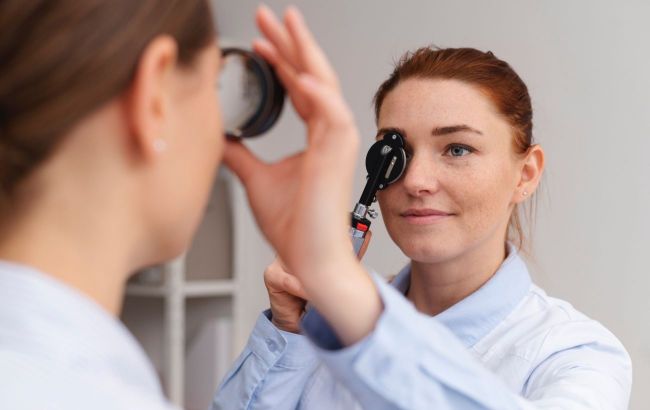Neurobiologists discovered people with extraordinary abilities
 Scientists have discovered people who see the world faster than others (photo: freepik.com)
Scientists have discovered people who see the world faster than others (photo: freepik.com)
A group of neurobiologists from the UK, in a study on the perception of flickering light, has found that there are people who see the world at a completely different speed. These differences are so significant that they can be compared to the differences in the speed of perception of various, even related, biological species, according to an article in PLOS One.
The most important sense organ for humans and most animals is vision. It is present in birds, insects, mammals, and crustaceans. While the functions of vision are similar across these groups, detailed studies reveal striking differences.
For example, in one study, scientists found that the speed of metabolism and body size is related to how the surrounding world is perceived: small animals see the world faster than large ones.
The ability to distinguish the movement of objects around is called temporal resolution. This ability is assessed using the critical flicker fusion threshold test, where a light flickers so quickly that individual flashes cannot be distinguished. This test is used, among other things, in diagnosing epilepsy or studying the brain's cortex.
It is believed that the human eye cannot perceive flickering with a frequency higher than 50-90 hertz, but there is data where this indicator is several times higher - up to 500 hertz. Neurobiologists decided to find out if there are differences in temporal resolution among people and if there are individual peculiarities in perceiving speed.
They gathered a group of people aged 18 to 35. Participants were asked to look into an optical tube where a light-emitting diode flickered at a distance of approximately 16 centimeters from the eyes with a brightness of 255 lux. Then they were asked to turn a regulator to make the light start flashing, gradually increasing the frequency by one hertz until the flickering merged.
The second stage of measurements worked in reverse: a frequency of 65 hertz, higher than the threshold, was set, and participants gradually decreased this value until they noticed flickering. In the third stage, participants looked at flickering light with a near-threshold frequency in a random order.
One of the participants, as noted by the researchers, immediately warned during the second measurement that he could distinguish the flickering of light at a frequency of 65 hertz - for him, the experimenters set the initial threshold at 80 hertz. The entire group underwent the test in the daytime and the evening. In men, the flicker fusion threshold was relatively stable between sessions and increased on average by 0.4 hertz, while in women, this indicator increased by 1.6 hertz.
Researchers also found significant individual differences in the perception of the flicker fusion threshold. Some did not notice flickering even when the light was flickering at a frequency of 35 hertz, while others, on the contrary, saw the flickering of light at 60 hertz.
The magnitude of the variation was approximately 21 + 10.6 hertz. According to the researchers, this can be compared to the variation in closely related animal species occupying different ecological niches - habitats with different levels of illumination.
Based on this, scientists suggested that such a strong difference in perception could significantly affect, for example, visual functions during sports or competitive games.
Co-author of the study, Kevin G. Mitchell, emphasized that due to only having our own subjective experience available to us, there is a naive assumption that everyone else perceives the world the same way. He pointed out that examples like color blindness demonstrate this is not always the case. Additionally, he mentioned that there are many less well-known factors by which perception can differ. The study characterizes one such difference - the frame rate - of our visual systems, highlighting that some people do see the world faster than others.
Earlier, we wrote about scientists identifying a pepper that reduces the risk of death from cancer and heart disease.

